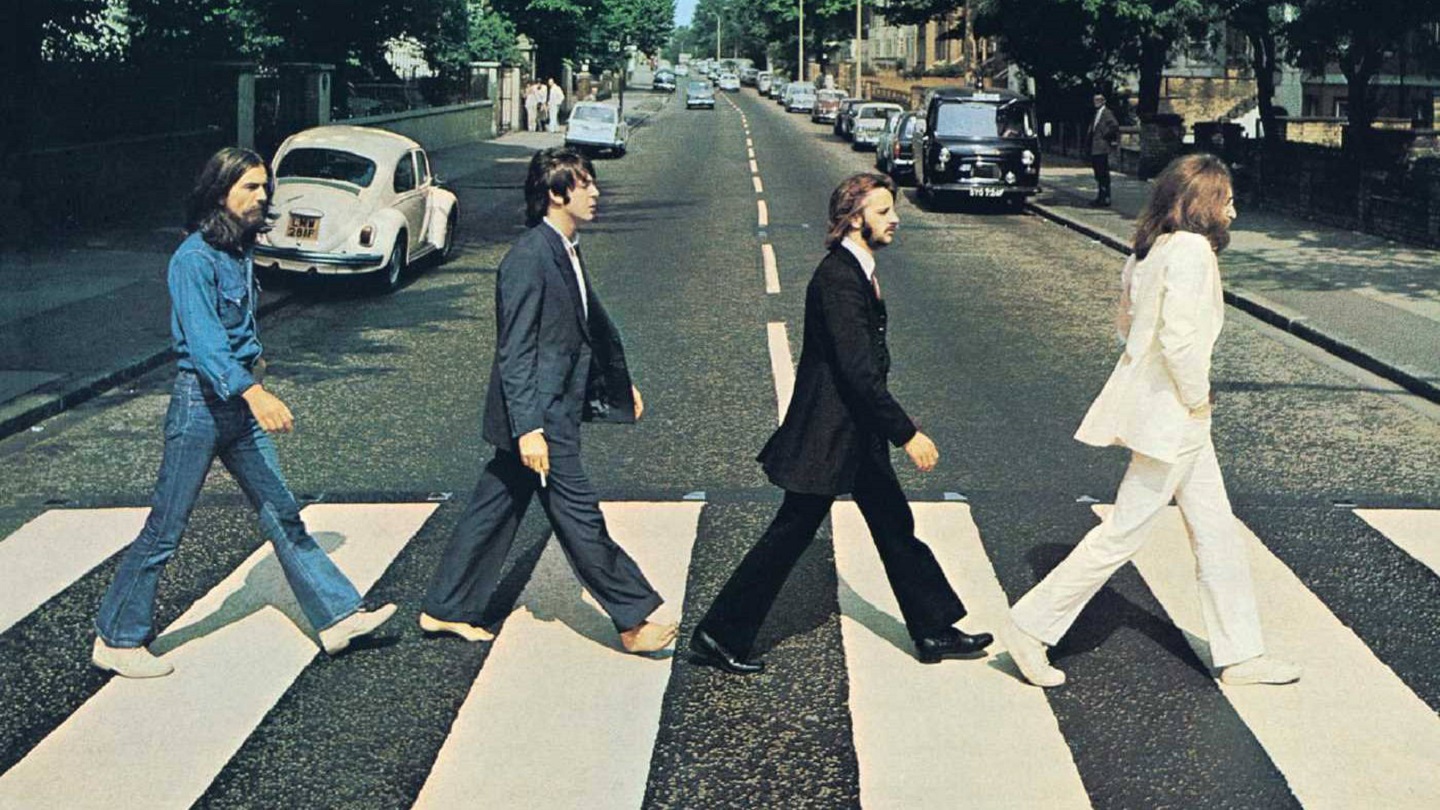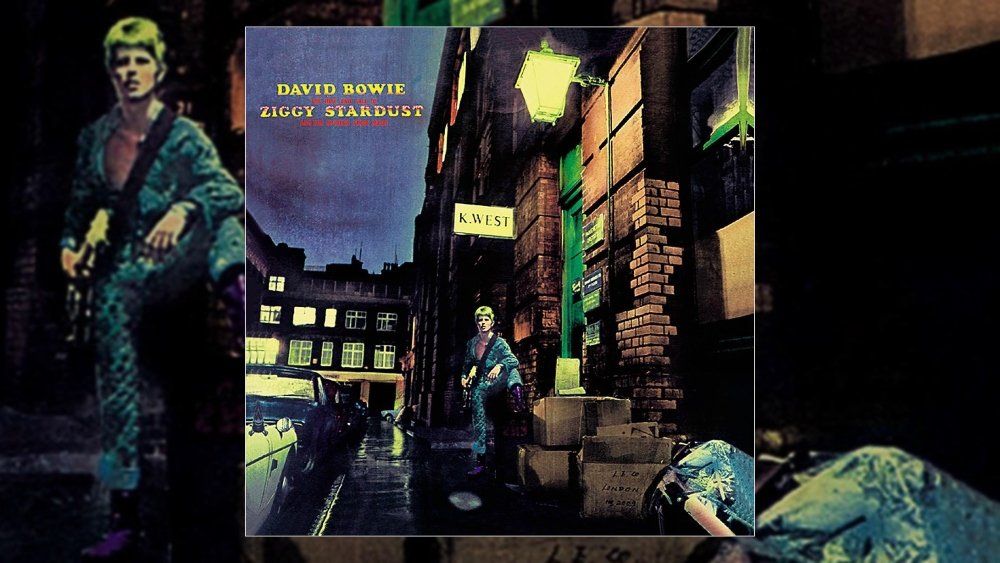
The Beatles’ Abbey Road album cover (Photo: The Beatles)
I love London. Outside of Kuala Lumpur, it is my favourite city. Thousands of kilometres away but still near to our country. Many Malaysians feel this way. You won’t miss home for, if you crave your nasi lemak, roti canai and teh tarik, and know your way in the city, there always seems to be a restaurant that serves these foods around the corner.
London is about familiarity; with it comes the feeling of security in one of the world’s oldest cosmopolitan cities. The black cabs, houses of Parliament, the shopping street of Oxford, the markets of Camden and Covent Garden, the city’s 2,000-year history and the late Queen all seem connected, to me at least. As an avid stamp collector, one of the collections that I cherished most when I was young was the Malayan state stamps that marked the coronation of Queen Elizabeth II in June 1953.
An extension of this familiarity is the way Malaysians embrace British football, the English Premier League, particularly. I have paid homage to Old Trafford, the home of my favourite team Manchester United (ahh ... that 6-3 trashing by the “noisy” neighbour Manchester City still hurts), but London is also where many Malaysian football hearts belong.
Highbury has given way to the Emirates Stadium, White Hart Lane to the new Tottenham Hotspur Stadium and West Ham to London Stadium. Only Chelsea remains at Stamford Bridge. Still, many Malaysian fans can continue to make their football pilgrimages to London. Wonder if there are many London-based Queens Park Rangers, Crystal Palace and Fulham fans among Malaysians out there?
For the older generation, and I belong to this, the British invasion of our heart and soul does not stop there. Talking about the rock-pop culture, I favour British bands more than the American ones. The British tune and guitar riff-driven songs seem more melodic and everlasting to me. Maybe that is why the longevity of British bands in rock and roll is unsurpassed by others.
The surviving Beatles Paul McCartney and Ringo Starr, along with the Rolling Stones — of the 1960s — are still filling concert halls in 2022. Add Queen, Dire Straits, The Who, Deep Purple, Led Zeppelin, Pink Floyd, Black Sabbath and Elton John — they all make my top 10 list of favourite bands and singers.
bowie2.jpg

And if the Americans did not want to consider Jimi Hendrix as one of their guitar heroes, the Brits, especially Londoners, gladly embraced him as theirs. Hendrix loved London, simply because it felt like home and was where the music scene was and where his friends were in the 1960s — members of The Beatles, The Rolling Stones and fellow guitar virtuoso Eric Clapton.
London has featured in many of the record sleeves of great bands. The Beatles immortalised Abbey Road, where the recording studio which became their creativity hideout after years of non-stop concerts is situated. Apart from the Abbey Road album, it was here that they recorded most of the songs from my other favourite Beatles record, the White Album.
Till today, anyone who loves music, either living in London or just visiting the city, cannot resist making a trip to Abbey Road, and re-enacting The Beatles walking across what is now the most famous zebra crossing in the world.
Other top London record sleeve covers include David Bowie’s The Rise and Fall of Ziggy Stardust and the Spiders from Mars, which features Heddon Street; and The Clash’s “Rehearsal Rehearsals” building in Camden Market.
Speaking of familiarity and the Malaysian connection, nothing is closer to home than Pink Floyd’s sleeve for the Animals album featuring the Battersea Power Station. The station, on the banks of River Thames, has made it to the cover of Hawkwind, Morrissey, The Orb and even Petula Clark albums. It also features as artwork in The Who’s Quadrophenia album.
pink.jpg

Says one in-house publication, “Nothing drives cult status more than music. It is that which helped Battersea Power Station gain a celebrity reputation.”
The coal-fired power station was decommissioned in stages between 1975 and 1983. It remained empty for many years until a Malaysian-led consortium of property developers Sime Darby and S P Setia (backed by Permodalan Nasional Bhd and the Employees Provident Fund as investors) won the right to redevelop it and the surrounding areas in 2012.
Today, this legendary London landmark and its surrounding areas have been brought back to life in an urban regeneration project costing more than £9 billion. The Battersea Power Station will host one of the most exciting and innovative mixed-use neighbourhoods in the world. It is the part of London for locals, tourists and residents to enjoy a unique blend of shops, bars, restaurants, entertainment venues, parks and historical spaces.
Circus West Village, the first phase of the Battersea Power Station urban regeneration plan, is already home to over 1,700 residents and more than 20 bars, restaurants, cafés, and fitness and leisure facilities. The overall redevelopment project is divided into eight phases. The renovated power station itself — which has mixed stores, bars, restaurants and leisure facilities — will open this month.
London is the place to be. Its long history, multicultural and multireligious vibrancy, cosmopolitan nature, lively music and art scene, status as a football city, the thousands of hectares of green space, and iconic buildings and landmarks, make it a liveable city for many.
The Beatles ended their career as a band with Abbey Road. The last song in the album is called The End, with lyrics that say, “And in the end, the love you take is equal to the love you make”.
London embodies that spirit.
Azam Aris is editor emeritus at The Edge Malaysia.
This article first appeared in The Edge's London special issue on Oct 10, 2022.


